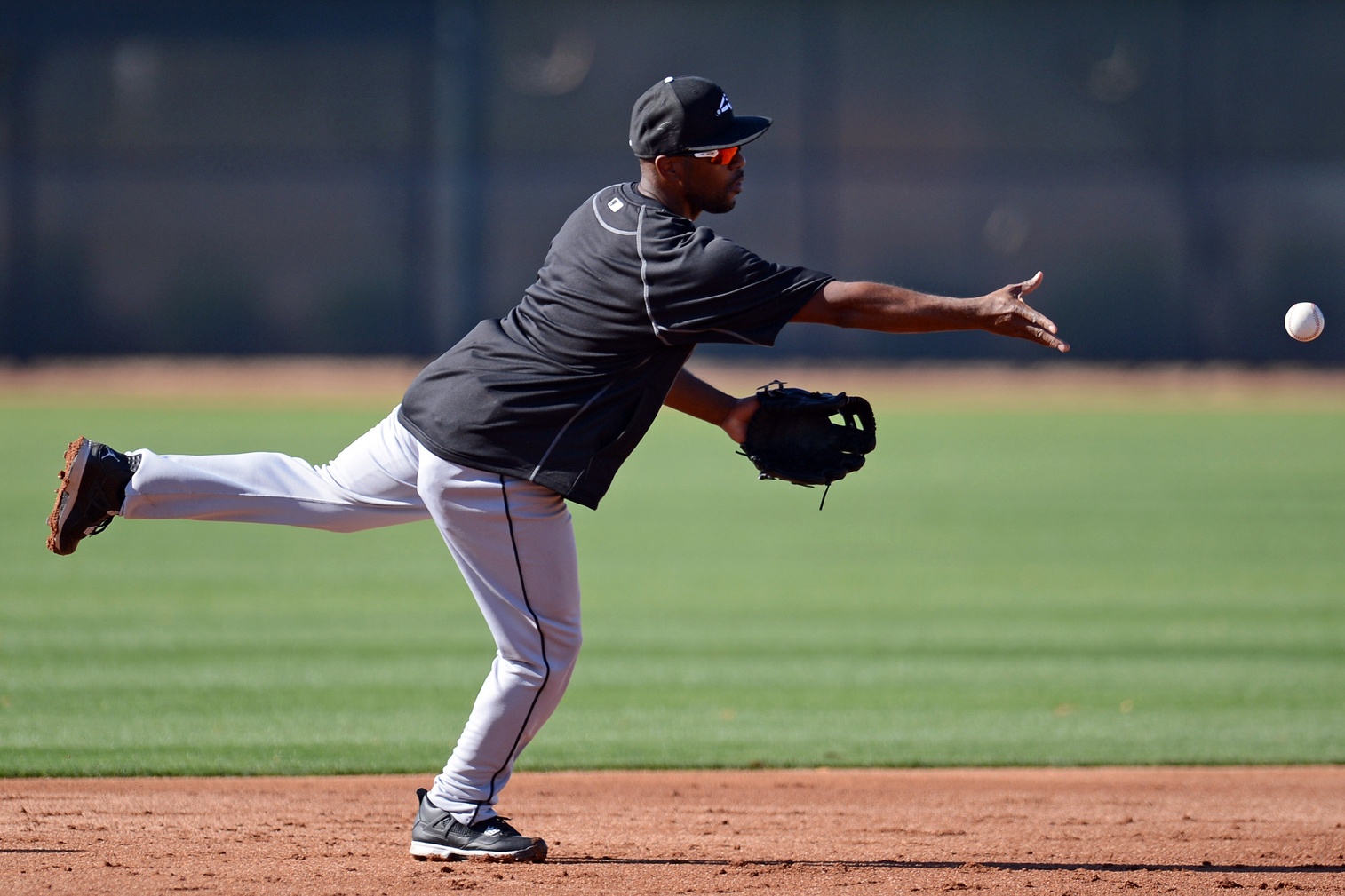To start things off at BP South Side, we are reviewing the offseason moves of White Sox GM Rick Hahn in a staff-wide series. This morning, we have Collin Whitchurch reviewing the Jimmy Rollins signing.
Like many of the White Sox offseason acquisitions, Jimmy Rollins represents a low-risk investment in a once-great player at a position of need.
Rollins, now 37, isn’t the MVP candidate he once was. But after allowing former positional stalwart Alexei Ramirez to leave after declining to pick up his $10 million option, the White Sox options became limited. Once Ramirez was no longer in the mix, the White Sox had to choose between:
1) Handing the position to one of their light-hitting internal options (Tyler Saladino, Carlos Sanchez).
2) Spending significantly more and forfeiting a draft pick for a player such as Ian Desmond, or…
3) Taking a gamble on a player like Rollins.
Given how the rest of the offseason played out, it’s no surprise they opened Door No. 3.
The White Sox went with low-risk investments in several of their offseason moves. But the difference between Rollins and the acquisitions of Brett Lawrie, Austin Jackson or Todd Frazier is that there’s a somewhat decent chance he ends up being less effective than the guy he is jumping on the depth chart — Tyler Saladino.
The White Sox hope this isn’t the case, of course, but the numbers don’t suggest Rollins will be significantly more valuable than Saladino in 2016. If each player hits his median projections, the PECOTA projects a .236/.303/.358 line for Rollins compared to .236/.293/.350 for Saladino. If WARP is your thing, the projections say 0.8 for Rollins compared to 0.5 for Saladino. In other words, not consequential.
The reason Rollins is a worthwhile investment, however, is because of the upside he presents next to Saladino. It may sound strange to suggest a 37 year-old has more upside than a 26 year-old in a nutshell, but we’re thankfully not in a nutshell. And the fact that Rollins, despite his age, has a history of productivity (and it’s not all in the distant past, as he was worth 4.8 WARP as recently as 2014), while Saladino has never projected as more than a utility infielder and was a below-average hitter during his 254 plate appearances in 2015, matters.
Put simply, standing pat with Saladino at shortstop would represent the kind of “status quo” non-move the White Sox were notorious for in recent years. The kind of move that lets Dayan Viciedo get 1,800 plate appearances in the big leagues and Gordon Beckham get opportunity after opportunity after opportunity after opportunity.
There’s a decent chance that Rollins is toast, and that his 2015 season wasn’t an aberration as much as it was an aging player doing what aging players do. But given the White Sox budget constraints and lack of internal options, he’s a perfectly reasonable option.
